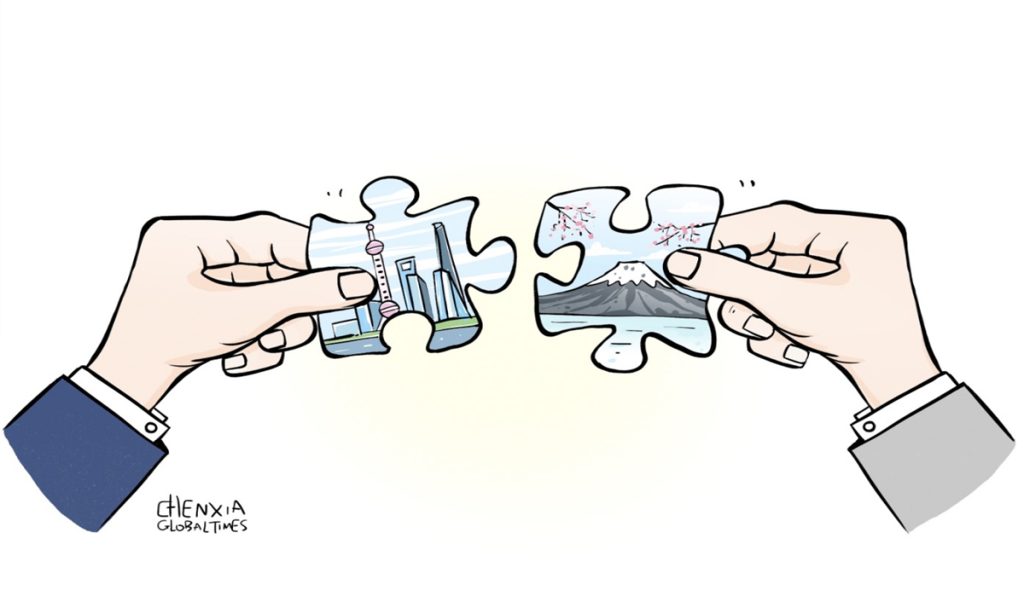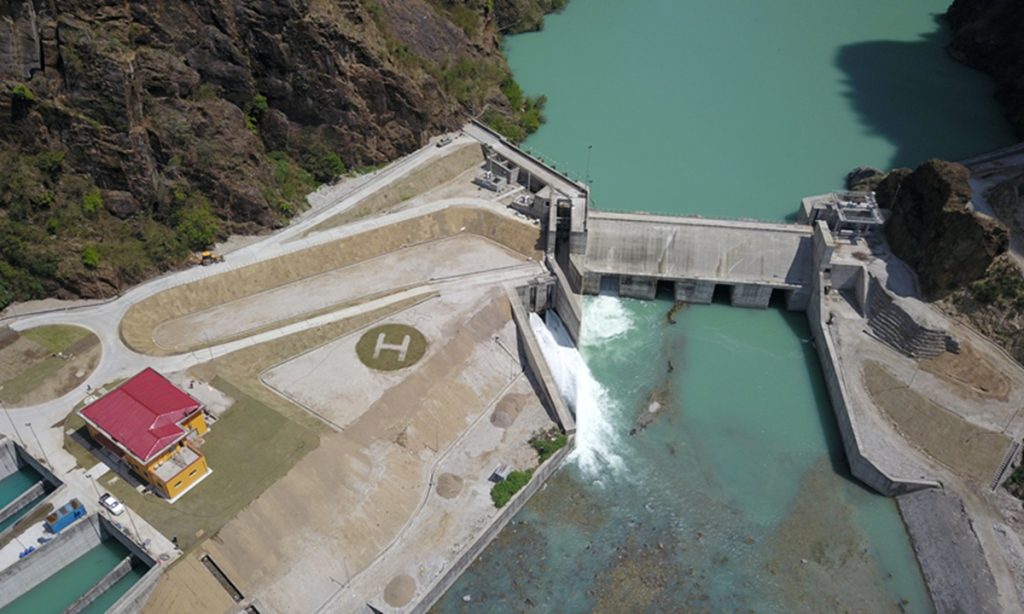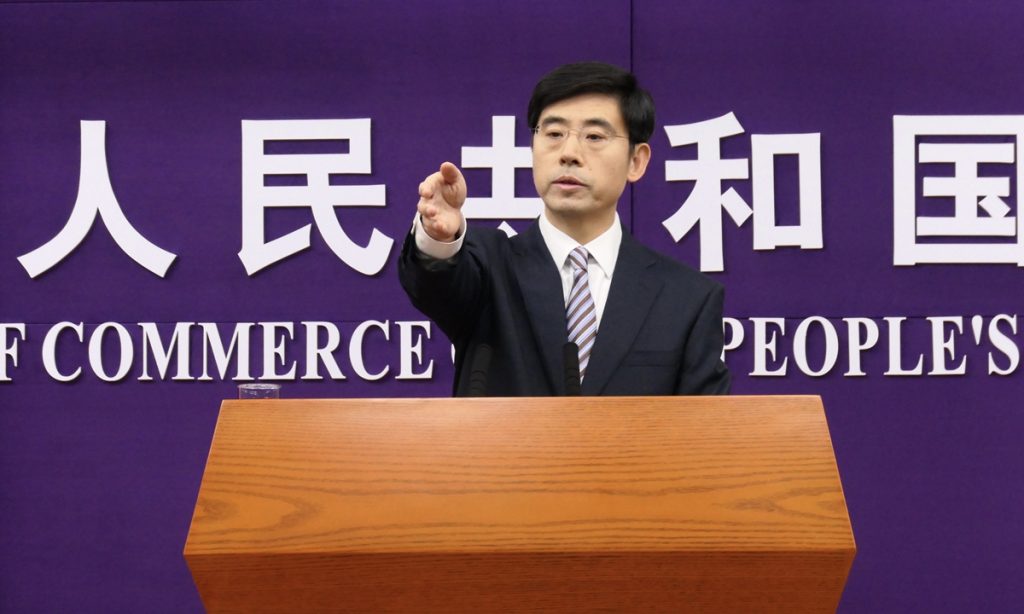China’s traditional Lantern Festival extends holiday spending fever

The consumption made during China's traditional Lantern Festival, which is seen as a conclusion to the two-week celebration of the Chinese Lunar New Year, extended the buying fever seen in the Spring Festival holidays, data from various Chinese platforms showed.
The holiday spending fever together with a stock market rally mark a strong start of the country's economic growth for the year. The robust data is expected to strengthen expectations, boost market confidence, and further support China's economic growth for the year, experts said.
Consumption fever
The Lantern Festival which falls on Saturday this year saw people from all over the country enthusiastically engaged in attending lantern fairs, enjoying night tours, having short-distance travel, continuing the strong consumption momentum that has been seen during the Chinese New Year holidays.
As of Friday, the booking volume of hotels nationwide during the Lantern Festival period has increased by 2.6 times compared to 2023, and the sales volume of tickets for national scenic spots also increased by 90 percent, according to domestic travel platform Qunar.com.
Data on Trip.com showed that over the weekend the booking for domestic travel increased by over 140 percent compared to last year, with bookings for nearby trips seeing growth of over 200 percent.
The search for yuanxiao, a festive sweet-favored glutinous rice ball to celebrate the Lantern Festival, has soared more than 425.6 percent from a year ago, according to online retail platform Meituan. Innovative items such as chocolate-filled yuanxiao and coffee-flavored yuanxiao are particularly trendy this year.
Apart from yuanxiao, the search for lantern fairs has grown by 720 percent compared to a year ago, according to Meituan.
The rising cultural and tourism consumption and demand for innovative products showed an increasing trend in China's consumption market, Cong Yi, a professor at the Tianjin University of Finance and Economics, told the Global Times on Sunday.
It is expected that this trend will lead to an increase in China's consumption volume and quality in 2024, Cong said.
The spending fever during the Lantern Festival extended the momentum of the Chinese New Year holidays which saw record travel data and holiday spending.
During the eight-day Chinese Lunar New Year holidays, 474 million domestic trips were made, up 34.3 percent year-on-year, and total domestic tourism spending jumped by 47.3 percent year-on-year to about 632.69 billion yuan ($87.95 billion), according to data released by the Ministry of Culture and Tourism.
The spokesperson for China's Ministry of Commerce (MOFCOM) He Yadong said at a regular press conference held on Thursday that China has seen a boom in consumption during the Spring Festival holidays, making a good start to 2024.
During this year's Spring Festival holidays, the sales of key retail and catering enterprises nationwide increased by 8.5 percent year-on-year on a comparable basis. It is expected that the consumption market will maintain a stable growth trend in the first quarter, He said.
The consumption boom during the Spring Festival period showcases the vitality unleashed by the Chinese economy and also serves as a rebuttal to some foreign media's negative portrayal of the Chinese economy, experts said.
The surge in consumer spending during Chinese New Year holidays and the Lantern Festival signifies a growing optimism among consumers about the future economy, leading to an increase in their willingness to spend, Wang Peng, an associate researcher at the Beijing Academy of Social Sciences, told the Global Times on Sunday.
China's stock market also witnessed a strong rally during the period, boosted by warming consumption and regulatory measures aimed at reviving the market.
The Shanghai Composite Index rose for eight consecutive days as of Friday closing, recovering all losses in the year 2024 and surpassing the 3000-point mark. Around 300 stocks saw gains of over 30 percent last week, the Securities Times reported.
"The sustained upward trend in the stock market will attract more capital inflows, which will support corporate financing and facilitate expansion of production capacities, further stimulating economic growth in the coming months,'' Wang said.
Bright outlook
The surge in consumption during the Spring Festival is expected to have a significant impact on China's GDP growth in the first quarter of 2024, setting the stage for a strong economic recovery throughout the year and beyond.
The consumption is expected to grow by 6 percent in the first quarter, leading the nation's GDP to grow at above 5 percent in the first quarter, Tian Yun, a veteran economist based in Beijing, told the Global Times.
In order to further spur economic growth, Chinese officials have convened meetings and rolled out various pro-growth measures days after the Spring Festival, with the focus on issues such as boosting market confidence and improving efficiency.
Right after the Chinese New Year holidays, China's central bank on Tuesday cut its five-year-plus loan prime rate by 25 basis points, the largest one-time rate reduction in years, adding fuel to the hot consumer spending during the holiday and injecting sustainable momentum into the consumer market.
Chinese Premier Li Qiang on Friday chaired a State Council executive meeting and called for greater efforts to attract and utilize foreign investment.
On the same day, the MOFCOM said that in January, foreign investors set up 4,588 new foreign-funded enterprises, a year-on-year increase of 74.4 percent against the backdrop of last year's sustained growth.
More measures to stabilize economic growth, including increasing infrastructure investment, creating jobs, improving the business environment, and promoting industrial innovation could be expected, Wang said.
While a national GDP growth target will not be released until the national two sessions scheduled to be held in early March, major provincial-level economic powerhouses, including Shanghai and South China's Guangdong, eye a growth rate of about 5 percent or higher.






